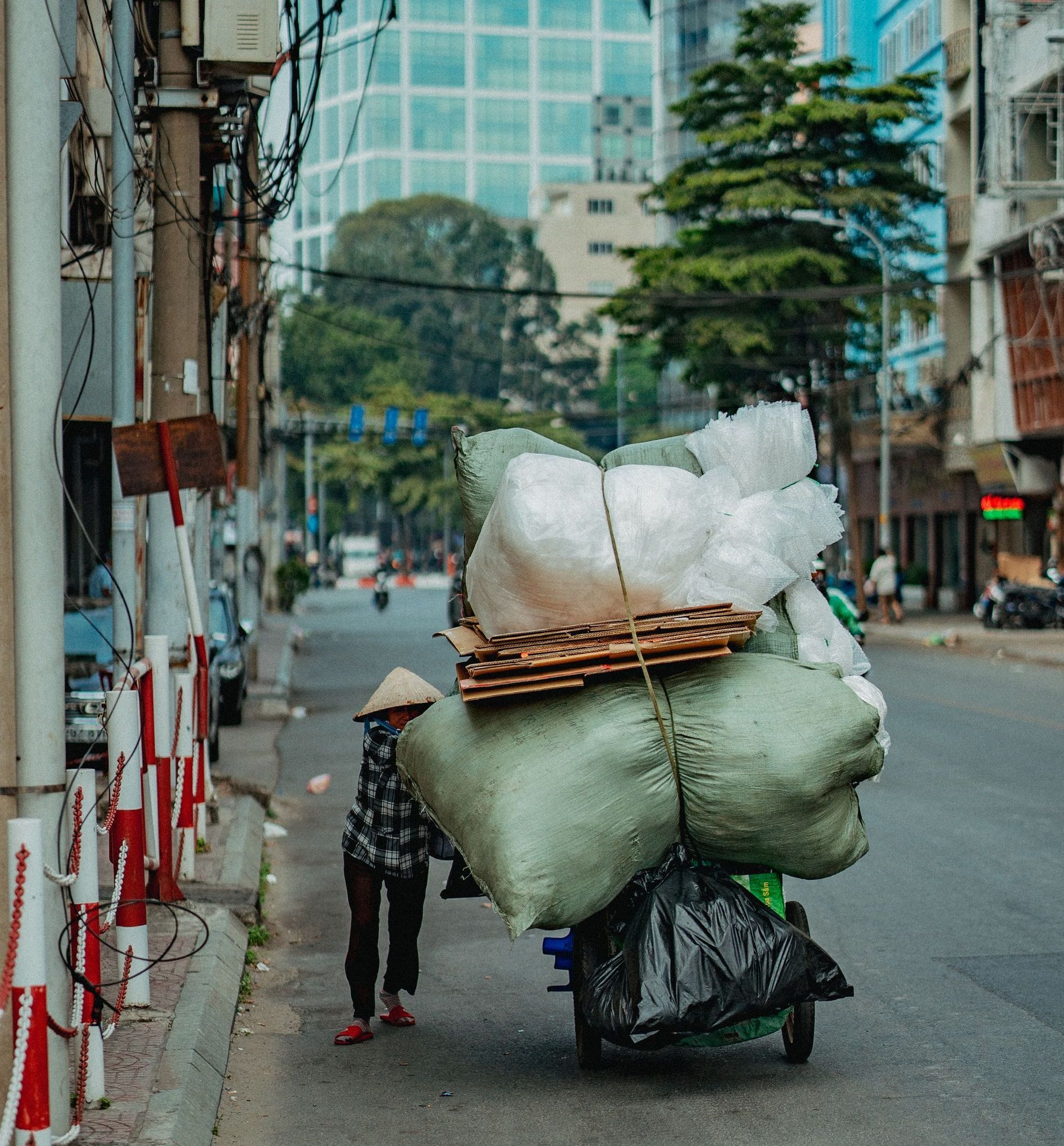1MG FlippingBooks
Realigning Recycling With Manufacturing
By Professor Veena Sahajwalla
We need to achieve an alignment of recycling and manufacturing and to start seeing waste as a valuable resource for many of the materials that we use as a society.

Adopting and scaling truly circular economies – where materials are kept in use for as long as possible to maximise sustainability – will really only occur through such an alignment. With COVID-19 disrupting global supply chains and sparking questions about sovereign manufacturing capabilities, now is the time to adopt new technologies and practices that can help us to better manage our materials as resources, to reduce waste, and to create new supply chains and jobs. This alignment of recycling and manufacturing is a key focus of my Sustainable Materials Research and Technology (SMaRT) Centre at the University of New South Wales in Sydney. The SMaRT Centre created the phrase “micro recycling science” to describe its novel approach to researching innovative technologies and approaches related to reforming various waste streams into value-added materials and products. This process, which is achieved through decentralised manufacturing, is beneficial to regional and rural communities.
In the area of waste management, an ever-increasing population, technological advances, variable consumption trends and inefficiency in use of materials are forcing us to a near-crisis point.
Australia’s state governments agreed to ban the export of glass, plastic, paper and rubber tyres in January 2021, creating the need to start treating these waste items as the ‘renewable resources’ that they are, feeding them back into manufacturing and diverting them from landfill, stockpiling and incinerators. A key challenge is that, at scale, existing, centralised recycling and waste treatment methods often simply turn things like PET bottles back into PET bottles. What we need is a recycling and manufacturing system that can innovate by reforming waste so that it can have more diverse and value-added end uses.
Traditionally, recyclers have not seen themselves as manufacturers, and manufacturers have not seen themselves as recyclers – but we need them to. If we accept that we need plastic, for instance, and that we want to keep it out of landfill and incinerators – which destroy the material forever – then we need a system that treats plastic as a renewable material. One emerging development is the SMaRT Centre’s Microfactorie® technologies, which are modular-based and can reform waste into value-added materials for reuse and remanufacture. This decentralised model, which brings together recycling and manufacturing capabilities, is designed to transform problematic waste materials – such as glass, textiles and plastics – into new, value-added materials and products. Examples include green ceramics for use in the built environment, and filament for use by manufacturers as a feedstock and by other users who do 3D printing. Many of these innovations have occurred as a result of funding from the Australian Research Council (ARC), which also enabled the formation of the ARC Green Manufacturing Hub, hosted by the SMaRT Centre. In 2020, a new ARC Micro Recycling Hub was established by UNSW to research battery and consumer wastes, and seek to progress the science and technology of micro recycling and bring about more innovations. I have had the privilege of being appointed Director for both of these ARC Hubs.
Through our ongoing collaborations with manufacturing and waste recycling industries, we have developed these manufacturing and recycling solutions to address some urgent waste and recycling problems while at the same time boosting manufacturing capabilities, job creation and environmental benefits. There is the potential to start a “green materials” movement whereby we use waste as a renewable resource in manufacturing as a way to supercharge our economies. As we move into a likely period of recession, this could help to lay the foundations for the next recovery or growth period.
We now have an incredible opportunity to solve for numerous existential problems at once: collectively, we can address waste and recycling issues, and reduce our carbon footprint, while also enhancing our manufacturing capability. This has the potential to create new supply plans for commercialisation, has the potential to set new benchmarks in innovation, efficiency and sustainability for the built environment sector. We need our existing waste and recycling systems to adopt new processes and technology and to align themselves with manufacturing. That is, this is to be more of a lateral than a vertical integration or alignment. In the face of our current waste, recycling and manufacturing challenges, doing onshore and more sophisticated processing of recycling as part of manufacturing can “change the game” for Australia, and for all countries around the world. The goal is to eliminate the word “waste” from our vernacular – because waste will become the renewable resource that we know it is.
Australian Research Council (ARC) Laureate Professor Veena Sahajwalla is an internationally recognised materials scientist, engineer and inventor. She is the founding Director of the Centre for Sustainable Materials Research and Technology (SMaRT) at the University of New South Wales, Sydney, and the head of the ARC Research Hub for Microrecycling of Battery and Consumer Wastes.










